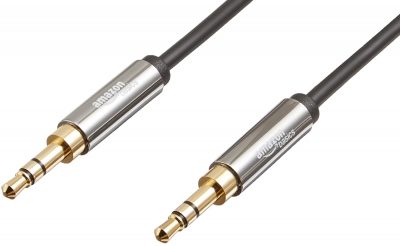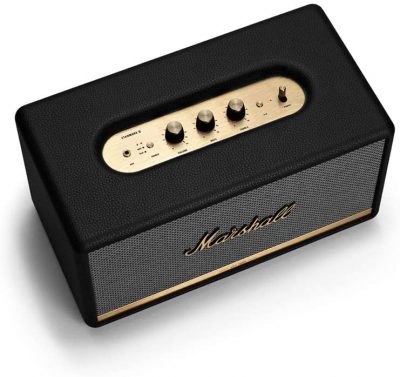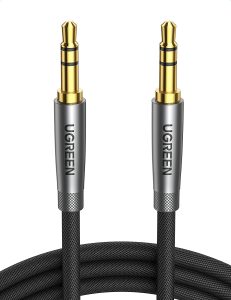
There are many options on how you can plug in your audio to another speaker, but a convenient option that will give you optimal results is an aux cable. Not only is it portable and easy to set up, an aux cable offers more enhanced audio than wireless options out there.
In this guide, our team will walk you through how to wire an aux cable to a speaker.
Connecting Your Aux Cable to Different Types of Speakers
The aux cable is a highly versatile connection that can be plugged into more than one kind of speaker. Take a look at some of these examples and steps and choose your preferred device to work on.

How to Connect to a Home Theater System
Believe it or not, connecting your Aux cable to a home theater system is simple and straightforward. Here are the following steps to connect the wire to your home cinema setup:
- Search for the aux input port on your speaker system (make sure it is the 3.5 mm jack input).
- Prepare your auxiliary cable.
- Insert one of the 3.5 mm jack ends into your mobile device, your audio source.
- Insert the other end on your home theater system’s aux input port.
How to Connect to Car Speakers
Indeed, you can still play your favorite songs from your mobile device to your car stereo. If you’re unsatisfied from the audio from the smartphone’s speaker, the aux cable is a good option to amp up your sound.

Pay close attention to these steps if you want to connect your smartphones to your car speakers.
- Look for the port that has the “aux” label.
- Pick up your working aux Cable and Plug one end of the 3.5 mm jack into your mobile phone.
- Connect the other end to the car stereo’s aux port.
- Change the audio source to “AUX.”
After this, you should be able to hear audio from your car’s stereo speakers. If you hardly hear a sound, your aux cable may not be working anymore and might need a replacement.
How to Connect to a Portable Speaker
It is certainly possible to link your smartphone and wireless speaker via an aux cable? Although most wireless speakers allow you to connect via Bluetooth, it still pays to use the old-fashioned but effective auxiliary cable if you experience connectivity issues.

- Determine whether your portable speaker allows aux input.
- If it does, ready your aux cable and connect both ends to your smartphone and portable speaker.
- Switch the audio source to “Aux” to start playing music.
What Is an Aux Cable?
We may have given you steps to follow, but our team will give you more perspective about the functions of an aux cable.
Also known as an Auxiliary Portable cable, the aux cable acts as an alternative cable that links your audio device to your sound system. It is usually 3.5mm in size [1], making it a convenient and easy option for audio connection in many devices..
What Should I Do if My Cable Is Damaged?
Bent wires and bruises are the only ways to determine whether you have a damaged aux cable. Luckily, aux cables are not that expensive, meaning you can buy as many replacements as you want.

Before buying backup cables, try troubleshooting your cable’s issues first. The best way is to determine whether both ends are tightly gripped on their respective jacks.
However, if you still experience issues with the playback response, it might be time to replace your cable.
Conclusion
Our team hopes that this guide gave you an easier time and instructions on how to wire an aux cable to a speaker and other devices we pointed out. Simply go through one step at a time to achieve seamless connection.
The post How to Wire an Aux Cable to a Speaker — Your Quick Guide appeared first on The Product Analyst.
from The Product Analyst https://theproductanalyst.com/how-to-wire-an-aux-cable-to-a-speaker/
No comments:
Post a Comment